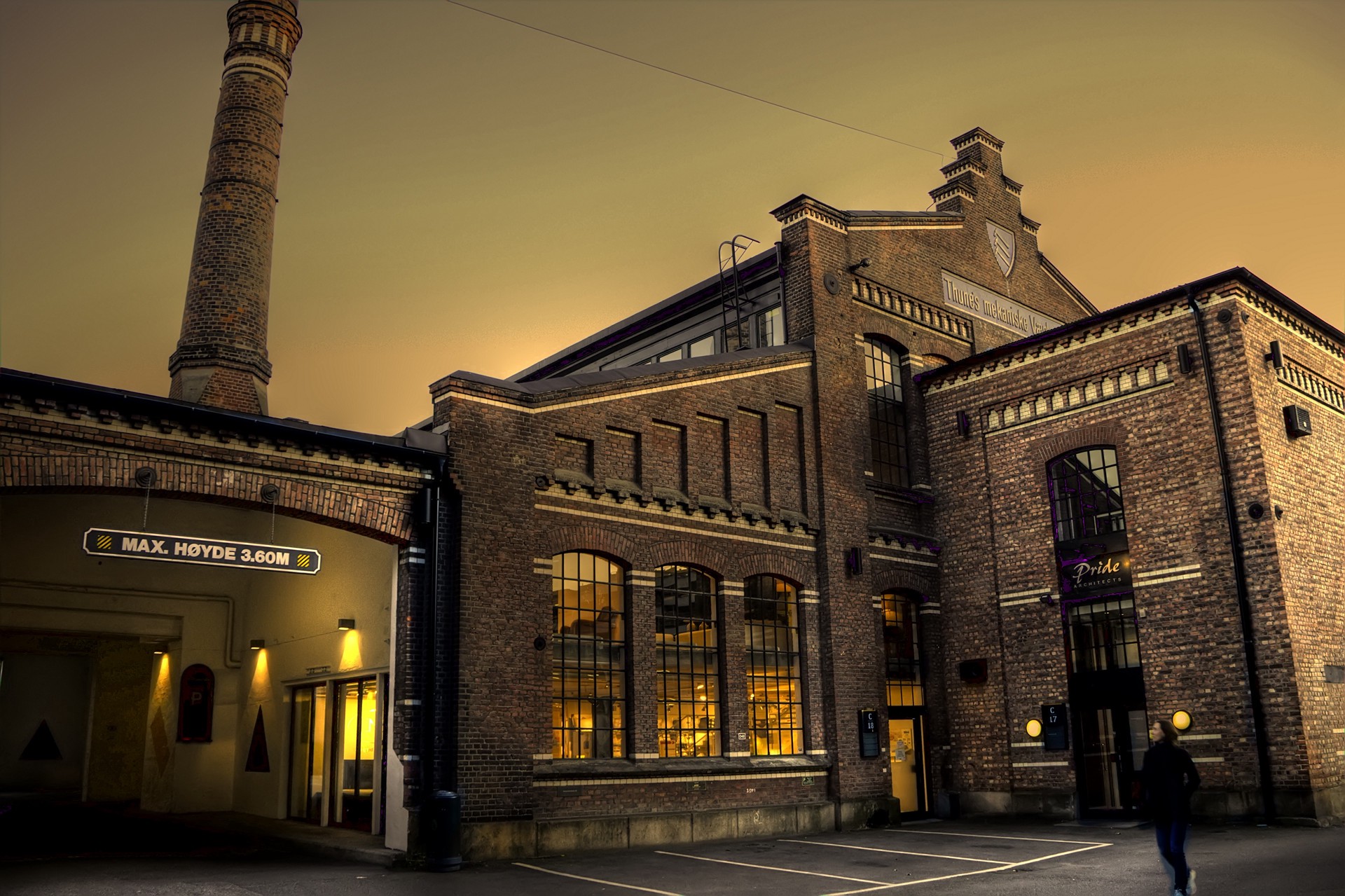From Firms to Collectives
Moving beyond the old model of private firms to create economic value together.
Moving beyond the old model of private firms to create economic value together.
Until now, private firms have been the primary way to bring people together to create economic value. Firms gather people in a physical space and enable them to closely collaborate. They are tightly managed by executives, a board and ultimately investors. By design, the profits of those private firms are unevenly distributed to the people who own and control them, accentuating a major issue in our society: inequality.
By design, the profits of those private firms are unevenly distributed to the people who own and control them, accentuating a major issue in our society: inequality.
As Ronald Coase originally described in his seminal paper The Nature of Firm, those private companies are needed to minimize the transaction costs between participants. They provide an environment within which it’s easy to collaborate with other people.

But today, the Internet — with all its online tools; email, skype, slack, hangout, … — does provide an environment within which it’s easier and easier to collaborate with other people.
The question therefore is: what is a firm in this age of networks? Does it still need to be privately owned? How can we use the network to form more fluid groups of people to create economic value?
A Collective of people
Take Webpack, a popular open source project with more than 230 contributors around the world. It’s an open collective of people. No one owns it. It’s controlled by whoever happens to be contributing the most. It’s fluid. It’s open. Anyone can join.
They just started to offer paid services to the external world. Companies can now book office hours with the core contributors. And it’s just a start.
In the future, any contributor could also offer paid services to local companies: workshops, presentations, consulting, … leveraging this way the reputation and the endorsement of the collective.
In this model, there is no boss, no hierarchy. Decisions and initiatives are distributed to the edge of the network. Everyone is empowered to reach out to the companies they know in their personal network to find new business opportunities, or to reach out to anyone else in the community to find help or join forces on a project.
Transparency ensures trusts. Before a company hires someone from a collective for a particular job, they can easily verify that that person is indeed an active member of the community. They can look at their previous projects and they can see that the community is available to help that person.
When you hire someone from that community, you are hiring much more than one particular individual. You also benefit from the collective intelligence of the community they belong to. The healthier the collective, the higher the collective reputation, the easier it will be for its members to find business opportunities and the more value external businesses will get out of that community. That’s what incentivizes everyone in this loop to give a commission on every transaction to finance the collective.
When you hire someone from a collective, you are hiring much more than one particular individual, you also benefit from the collective intelligence of the community they belong to.
This model is not limited to open source communities. Any community that has a shared mission and shared values could leverage this model. From topic based communities such as Women Who Code, Hacks/Hackers, Open Source Designers, … to geographic based communities such as coworking spaces and other city based communities (e.g. StartupYogaNYC, BrusselsTogether).
The key is to develop a collective reputation. Make it easy to recognize your members as being part of your community. Show in full transparency how the community is helping them. Offer trainings or forums where members can learn from each other and start developing a collective intelligence. Ask them what services they could provide to external companies and advertise those services at the collective level.
In this world, the profits are not anymore amassed at the top of the pyramid. Most of the profit is going to the edge of the network of the collective, to the individuals who actually do the work. Part of the profit goes to the collective for the purpose of improving the work environment for everybody and for improving the collective reputation.
To sustain itself over time, the collective also has to make sure that it can attract new people and train them properly so that they can, in turn, also create economic value for themselves and for the collective. Rinse. Repeat.
In this way, the collective becomes a living organism. It has a purpose and a positive impact on its environment. Independent people — cells — join the collective to help it fulfill its purpose.
We are incredibly excited by this future. That’s why we are building Open Collective, a platform to enable communities to collect and disburse money in full transparency. If you are also excited by this future, create or join a collective and start experimenting with those ideas. We need more experiments. That’s how we learn best. And join us on Discord.

